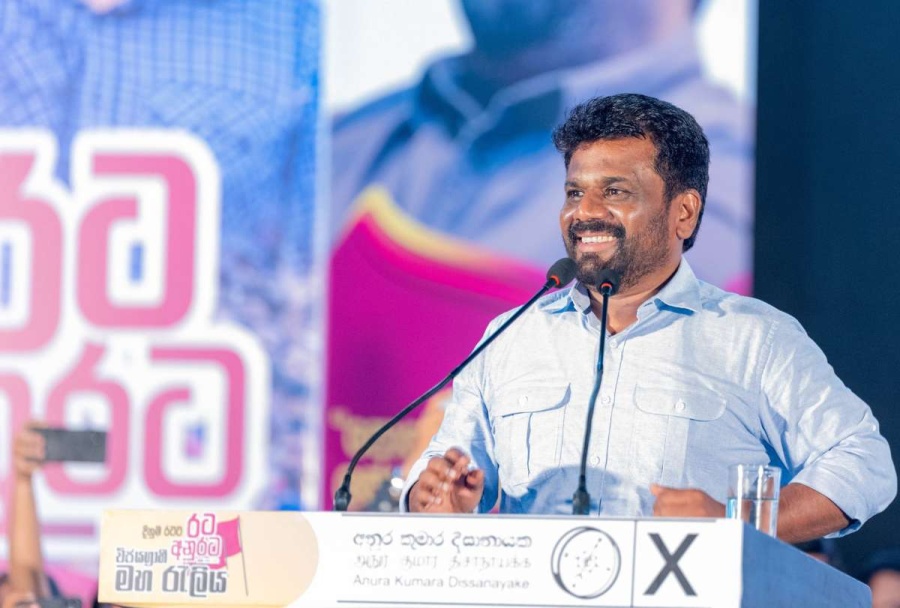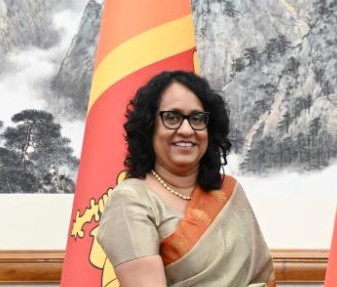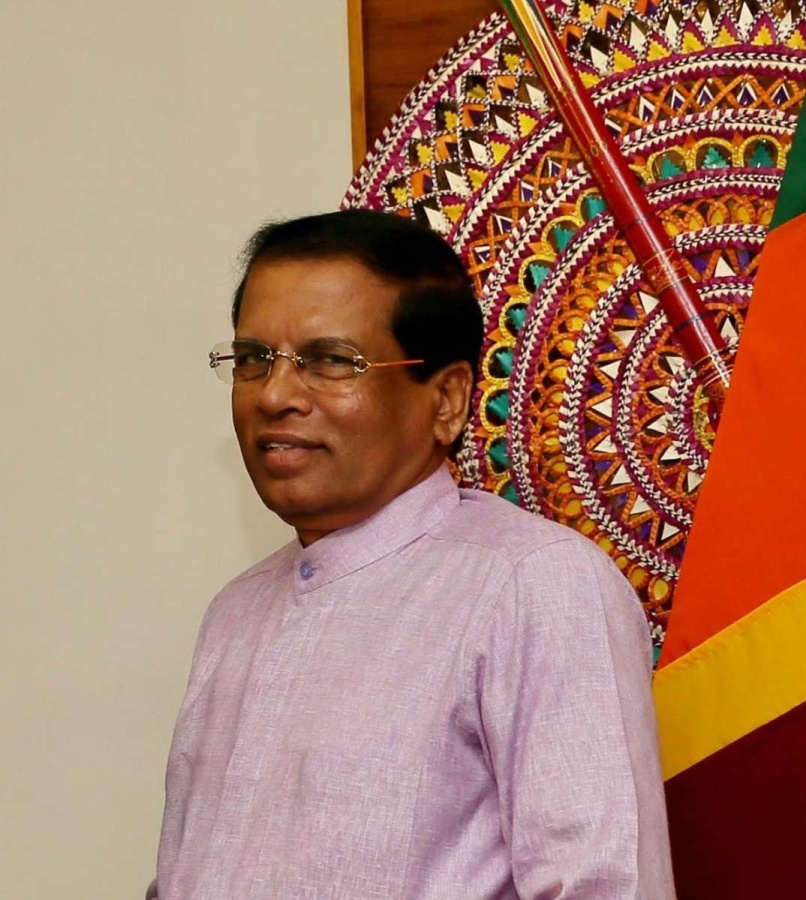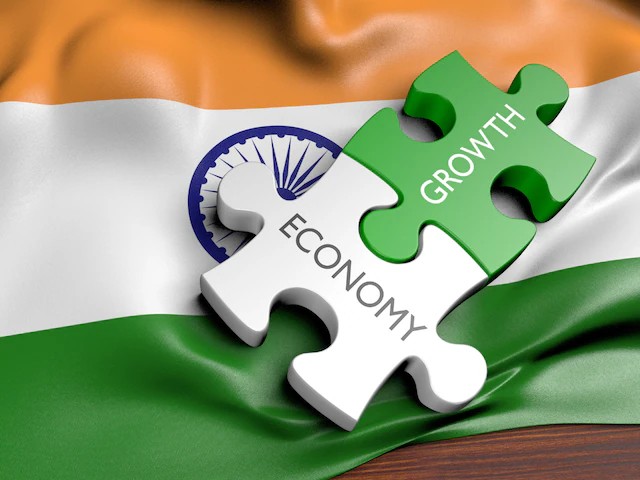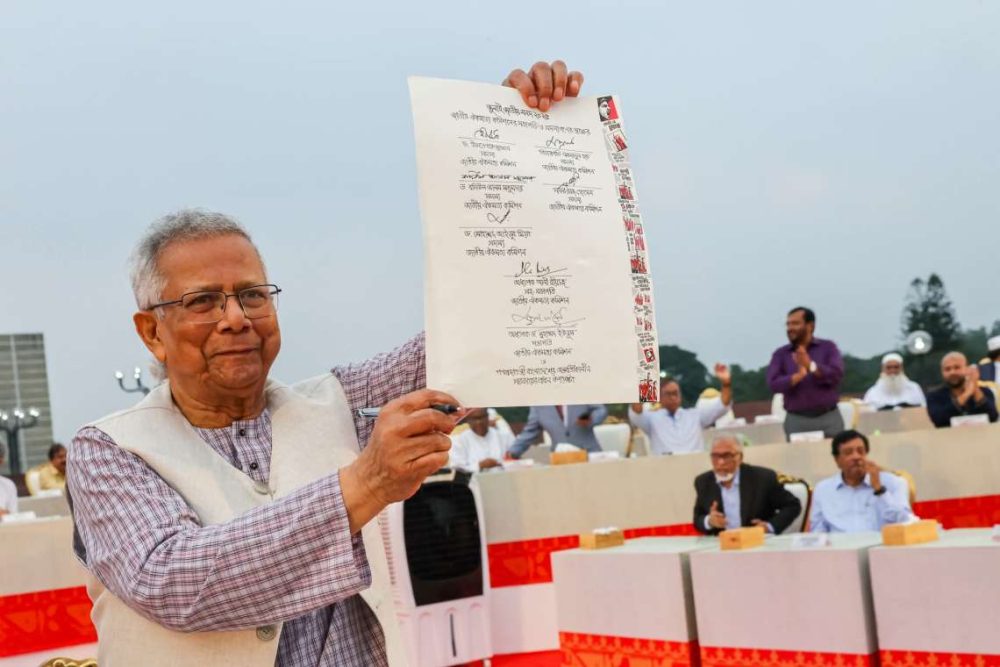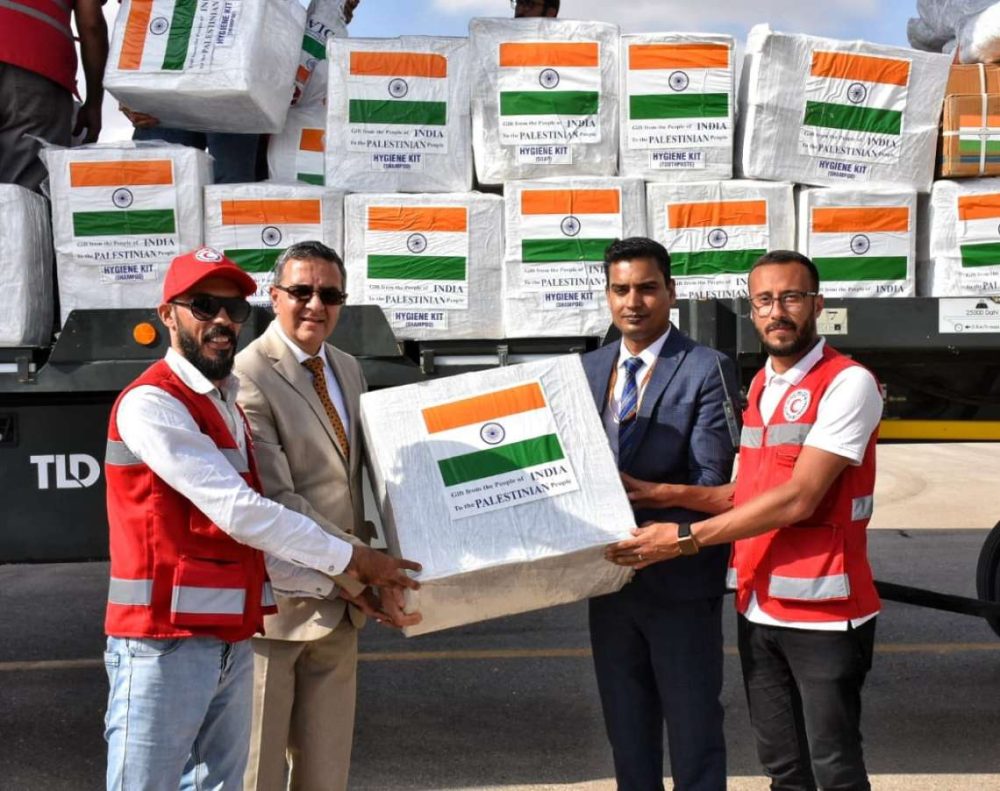This milestone follows the IMF’s recent approval of a staff-level agreement enabling the disbursement of the fourth tranche of a USD 2.9 billion Extended Fund Facility (EFF)…reports Asian Lite News
Sri Lanka’s government announced on Tuesday that it has ratified a USD 14.2 billion debt restructuring agreement, originally finalized under the previous administration, as a critical step to maintain debt sustainability under the International Monetary Fund (IMF) framework. The deal involves exchanging existing bonds for new ones, a condition set by the IMF for continued support.
This milestone follows the IMF’s recent approval of a staff-level agreement enabling the disbursement of the fourth tranche of a USD 2.9 billion Extended Fund Facility (EFF). President Anura Kumara Dissanayake, who had earlier criticized the IMF’s stringent conditions during his election campaign, affirmed his administration’s commitment to the bailout programme initiated by his predecessor Ranil Wickremesinghe.
The debt restructuring agreement, reached in September under Wickremesinghe, involves major bilateral creditors and international bondholders. Cabinet spokesman announced on Tuesday that an initial consensus was achieved on restructuring USD 14.2 billion in sovereign bonds, with further agreements expected after detailed analysis by Sri Lanka’s financial advisors. The restructuring plan aligns with IMF’s debt sustainability parameters and aims to stabilize the nation’s fragile economy.
Sri Lanka’s debt crisis began in April 2022 when it declared its first sovereign default since independence. The crisis led to severe economic hardships, months of public protests, and the eventual ousting of President Gotabaya Rajapaksa. Wickremesinghe’s administration negotiated the IMF bailout by March 2023, laying the groundwork for today’s restructuring efforts.
President Dissanayake, addressing parliament, emphasized his administration’s dedication to completing the restructuring process by year-end, including separate agreements with individual creditors. The current debt profile includes USD 37 billion in external debt, with USD 14.7 billion in commercial debt, primarily in sovereign bonds.
The National People’s Power (NPP) party, which secured an unprecedented two-thirds majority in parliament earlier this month, had initially pledged to renegotiate the IMF terms. Despite earlier reservations, the government now views the bailout as essential for restoring economic stability.
With the IMF’s continued support and progress in debt restructuring, Sri Lanka hopes to turn the page on its financial turmoil and rebuild investor confidence.
ALSO READ: Sri Lanka’s new cabinet sworn in


